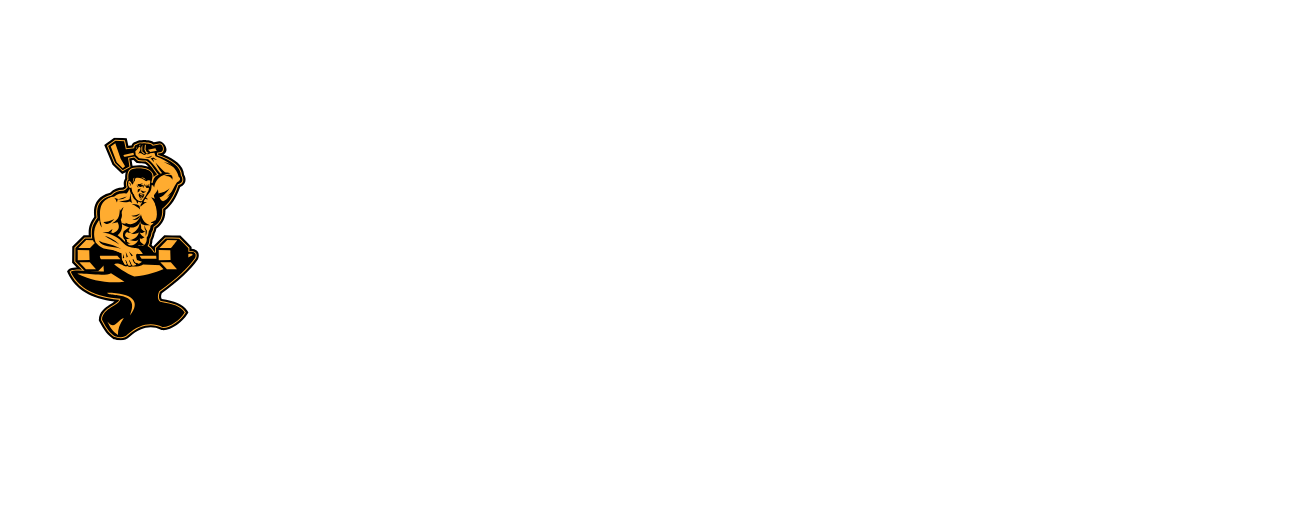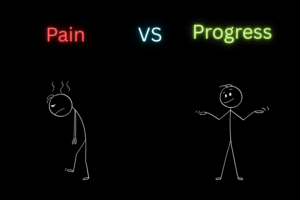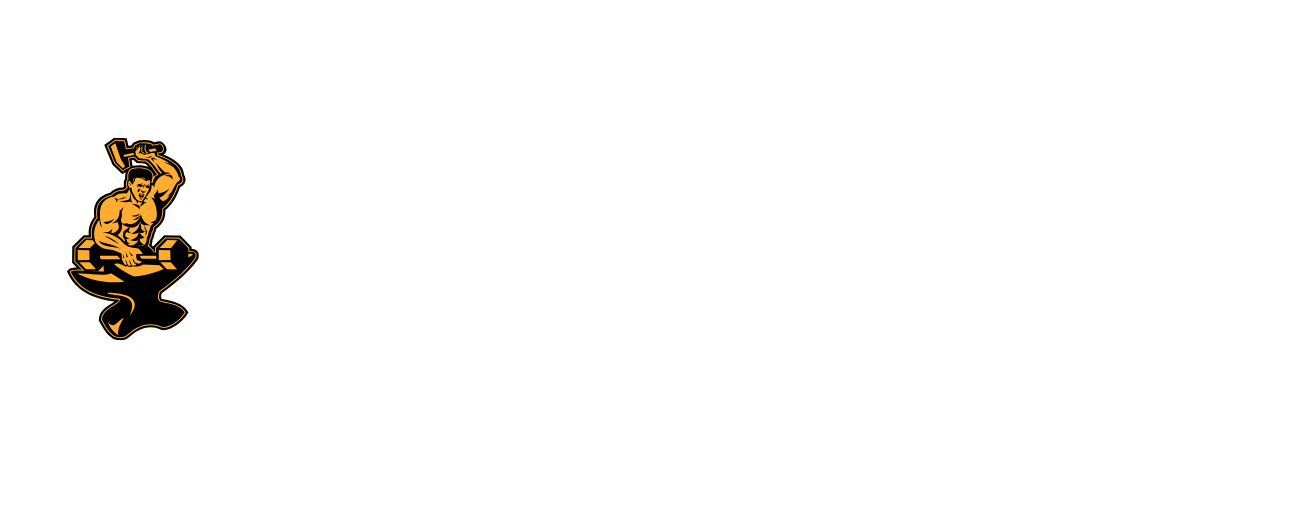You’ve hit the gym, embraced that burning sensation, and thought, “This must mean I’m growing stronger.” The idea that “no pain, no gain” is the ultimate proof of a productive workout has echoed through locker rooms for decades. But is constant soreness really the key to progress? Spoiler: not quite. Today, you’ll learn why dialing back the pain doesn’t derail your gains—and how training smarter leads to faster, safer improvements.
1. Origins of the Myth
The slogan “no pain, no gain” emerged in the 1980s to motivate gym-goers pushing beyond comfort zones. Soreness can feel like tangible evidence of effort, making it tempting to chase every ache. Yet this mentality overlooks the crucial difference between good discomfort (muscle fatigue) and bad pain (damage signals).
2. Science vs. Soreness
Most post-workout soreness is Delayed Onset Muscle Soreness (DOMS), which peaks 24–72 hours after unfamiliar exercise. While DOMS indicates micro-tears in muscle fibers, it’s not a reliable gauge of growth—trained athletes often experience minimal soreness despite significant strength gains. Conversely, sharp joint pain or tendon aches signal potential injury, not improvement.
3. When Pain Backfires
Pushing through harmful pain can lead to:
| Risk | Consequence |
|---|---|
| Overtraining | Chronic fatigue, hormonal imbalances |
| Tendinitis & Stress Fractures | Long recovery periods, interrupted progress |
| Burnout | Loss of motivation, plateaued performance |
By mistaking acute pain for progress, many athletes end up sidelined or stuck in frustrating cycles of injury.
4. Recognizing Healthy Progress
Rather than soreness, look for these positive training signs:
- Performance gains: Lifting heavier, running longer, or perfecting form.
- Energy levels: Feeling strong throughout the day, not drained.
- Recovery markers: Good sleep quality and consistent appetite.
5. Smart Workout Strategies
Train hard without courting injury by following these guidelines:
- Progressive Overload
Increase weight or reps by 5–10% each week instead of chasing extreme discomfort. - Scheduled Deloads
Every 4–6 weeks, cut volume or intensity by 30–50% to let your body fully recover. - Mobility & Warm-ups
Dynamic stretches and joint activation drills before lifting reduce injury risk and improve performance. - Active Recovery
Light cardio, foam rolling, or yoga on rest days boosts blood flow and eases stiffness.
6. Real-Life Success Story
Coach Mia’s Journey: After a decade of competing, Mia thought nonstop soreness proved her dedication. Two nagging elbow injuries later, she learned to balance effort with recovery. By implementing deload weeks and focusing on performance metrics instead of pain, she set three personal records in six months—and finally enjoyed pain-free workouts.
Conclusion
Chasing soreness may feel gratifying, but sustainable progress comes from consistent, well-structured training—not constant pain. Track strength improvements, prioritize recovery, and listen to your body’s warning signals. When you shift focus from aching to advancing, you’ll unlock safer gains and a more enjoyable fitness journey.


